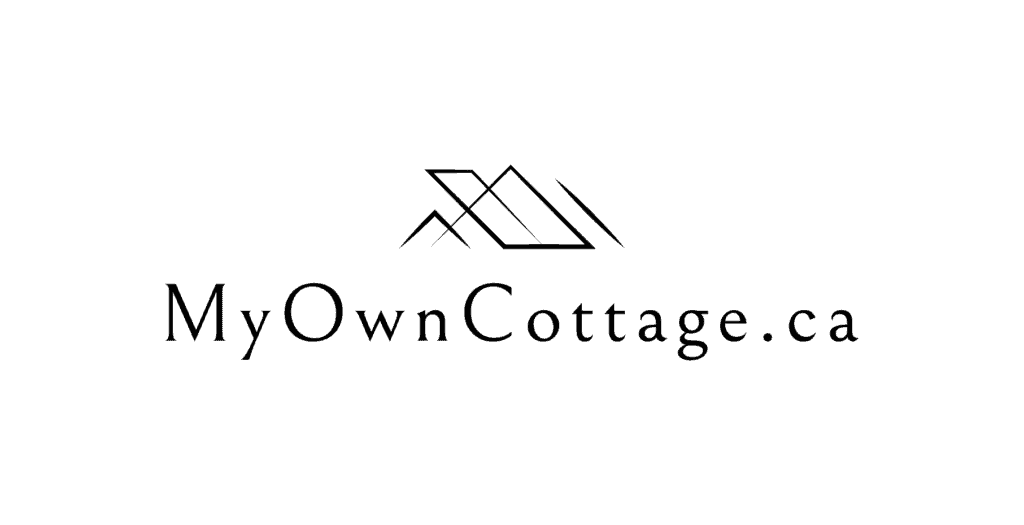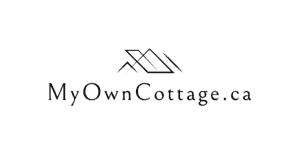Permits and Zoning Requirements for Building a Prefab Home in Canada
Learn about permits and zoning requirements for building prefab homes in Canada.
Ensure a smooth and successful project by understanding the specific regulations for your location.
Home » Permits and Zoning Requirements for Building a Prefab Home in Canada
Permit and Zoning Guidelines
Building a prefab home in Canada can be an exciting and rewarding journey.
It offers homebuyers the opportunity to create their dream home with modern design, energy efficiency, and less waste.
However, before you can begin the construction process, it’s essential to navigate the zoning laws and permit requirements.
These requirements vary across different provinces and municipalities.
Building a Prefabricated Home in Canada
Understanding the permits and zoning requirements for building a prefab home in Canada is crucial to ensure compliance with local regulations.
Moreover, it will ensure a smooth building experience and help you avoid delays or legal issues down the line.
In this guide, we’ll walk you through the general process of obtaining permits for Canadian prefab homes.
Moreover, we’ll be explaining zoning regulations in urban vs. rural areas, and provide tips on working with local authorities.
This will help you to ensure your project complies with all necessary building codes and regulations.
Process for Obtaining Permits for a Prefab Home
Prefab home regulation in Canada are becoming more standardized and streamlined than ever before.
However, before starting construction, it’s essential to research the permits and zoning requirements for building a prefab home in Canada as they can vary significantly by location.
After confirming your due diligence, the next step in building your prefab home in Canada is obtaining the necessary permits.
The process can vary depending on the location and type of prefab construction, but the general steps remain the same.
Here’s what you need to know:
Step 1: Site Preparation and Initial Approval
Before starting any construction, you’ll need to acquire site-specific approvals.
This includes ensuring that the land where you plan to build is zoned for residential use (or other appropriate zoning).
Further, the site must meet the environmental and structural requirements for a prefab home.
Step 2: Submit Building Plans
Once the site is approved, you will need to submit detailed building plans to the local building department.
These plans should include your home plan, floor plans, and design specifications.
All of which must comply with local zoning laws and building codes.
For prefab homes, this often includes specifying modular housing details, the steel structure, and the manufacturing process used to build your home.
Step 3: Permitting Process
After submitting your plans, local authorities will review them for compliance with zoning regulations, local building codes, and safety standards.
If your plans meet all requirements, you will be granted permits to begin construction.
This includes a foundation permit, building permit, and potentially additional permits for electrical, plumbing, or HVAC installations.
Step 4: Inspections and Final Approval
During the construction process, there will be multiple inspections.
This inspections process ensures that the prefab home is being built according to the approved plans and all regulations.
After construction is complete, you will need a final inspection to receive your occupancy permit, which allows you to move into your new home.
Zoning Regulations: Urban vs. Rural Areas
Zoning laws are essential to understanding what kind of structure you can build and where.
These regulations vary significantly between urban and rural areas.
Moreover, it’s very important to know the differences to avoid complications during your project.
Urban Zoning Laws:
In cities like Vancouver, Toronto, or Calgary, zoning laws are often stricter due to high population density and limited land.
These regulations control the type of buildings allowed, their size (including square footage and height), and how far they need to be set back from property lines.
In urban areas, prefab homes may face additional restrictions on style, as local authorities often require a specific aesthetic for residential buildings.
However, modular homes that comply with building codes for energy efficiency and environmental standards may find it easier to gain approval.
Rural Zoning Laws:
In more remote locations such as parts of Alberta, Nova Scotia, or British Columbia, zoning regulations are typically more flexible.
These regions are offering more freedom when choosing the type of prefab home.
Further, in these areas, you may find fewer restrictions on the style of home (whether it’s a traditional house or a modern modular home).
The focus is often on ensuring that the construction doesn’t negatively impact the local environment or community.
Additionally, rural areas are generally more accommodating when it comes to larger prefab homes.
Naturally, this is making them ideal for families or those who require more square footage (sq. ft.).
Working with Local Authorities
Successfully navigating the permitting and zoning process often comes down to how well you work with local authorities.
Here are some helpful tips:
Be Proactive in Your Communication
Start early by contacting your local building department to discuss your plans and ensure your home design meets zoning laws.
Prefab homes are still relatively new in many areas.
Local authorities may require additional documentation or have specific questions.
These inquiries may be about modular construction, quality control, or energy efficiency.
Ensure Compliance: Know the Building Codes
Familiarize yourself with the local building codes and ensure your prefab home design adheres to them.
This may include specific energy efficiency requirements, such as insulation standards or the need for
Passive House design principles.
Understanding these codes will help you avoid delays and extra costs during the approval process.
Prepare Detailed Plans
Provide clear, detailed plans, including your prefab home package and customization options.
This helps local authorities assess whether your project meets their requirements and ensures the construction process goes smoothly.
Be prepared to explain how your home’s modular construction meets local standards for energy efficiency, sustainability, and safety.
Work with Professionals
Consider hiring an experienced architect or contractor familiar with prefab housing to help guide you through the process.
These professionals can help you interpret zoning laws, suggest design adjustments, and ensure your project complies with all necessary permits.
The Importance of Zoning and Permitting
Zoning laws and permits play a crucial role in shaping the construction process of your prefab home.
They determine not only where you can build but also the design and features your home must include.
Understanding these regulations will help ensure your new home, whether a family home or a custom design, meets all the necessary criteria.
Prefab Homes Can Make Obtaining Permits Easier
Prefab homes, particularly modular houses, are often built in controlled environments that minimize waste and increase construction efficiency.
Because of this, prefab homes tend to be more environmentally friendly and can offer significant energy savings, which may be viewed favorably by local authorities.
Additionally, their efficient manufacturing process often leads to lower construction costs and less waste.
All of which aligns with sustainability goals and could make obtaining permits easier in some areas.
How Zoning and Permitting Affect Prefab Home Construction
Zoning laws might require adjustments to your home design based on square footage, style, and the construction methods used.
For instance, if your site is in a residential area with stringent rules, you may need to opt for a more traditional house style.
Conversely, in areas of historical importance, you may need to adhere to specific construction methods that meet unique aesthetic standards.
The Future of Prefabricated Homes in Canada
The demand for prefab homes in Canada is growing, with many homebuyers appreciating their modern design, quality construction, and energy efficiency.
The flexibility of prefab housing allows homeowners to choose from a variety of home plans and customization options.
In fact, everything from a compact family home to a spacious, energy-efficient dwelling is possible with modern prefabrication.
Addressing Canada’s Housing Needs
In the coming years, prefab homes are likely to play an even larger role in addressing Canada’s housing needs.
This is especially apparent in areas like British Columbia, Alberta, and Saskatchewan, where there’s a demand for both urban and rural housing solutions.
As modular construction becomes more popular, we can expect local governments to become more familiar with prefab homes.
Inevitably, this will make it easier to obtain permits and meet zoning requirements.
Navigating the Permitting and Zoning Process
Navigating the permits and zoning requirements for building a prefab home in Canada can streamline the building process and avoid costly delays.
Moreover, building a prefab home in Canada can be an exciting step towards creating your dream home.
However, understanding the zoning regulations and permitting process is essential to ensure a smooth construction journey.
Whether you’re looking to build in an urban area like Vancouver or a rural area in Nova Scotia.
Navigating the process with the right knowledge and preparation will set you up for success.
Solutions for Your Dream Home
Be sure to familiarize yourself with local zoning laws while working closely with local authorities.
This will ensure your prefab home meets all necessary building codes.
Moreover, you’ll be able to turn your vision for a high-quality, efficient, and beautiful prefab home into a reality.
If you’re ready to start planning your new home, explore our customizable prefab home packages with floor plans, and expert construction services.
We’re here to build the perfect home for your needs.
Simply fill out the form below and we’ll get back to you soon!

